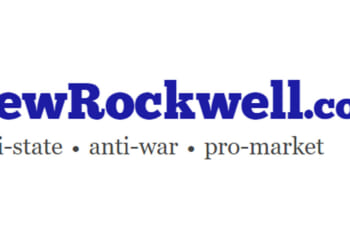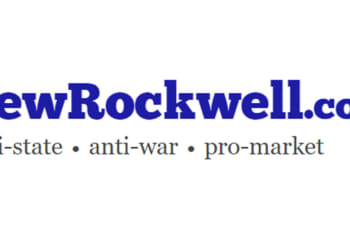As Republicans in Congress raced to approve their tax-and-spending-program megabill before July 4th, the financial viability of the nation’s rural hospitals emerged as a potential obstacle to final passage. The GOP’s solution—a new rural health transformation (RHT) program—may prove more effective at protecting incumbent legislators than improving the financial outlook of rural hospitals.
A main objective of the megabill was to extract substantial savings from Medicaid to partially offset the expected revenue loss from tax cuts. Some of the cost cutting will come from tightening program rules governing the preferred payment terms states extend to certain facilities, including rural hospitals. The megabill’s restrictions will make it harder for such practices to be as expansive as they have been in recent years.
To convince the GOP holdouts worried about the megabill’s effects on access to care in sparsely populated communities, Senate Republican leaders offered, at the last minute, to insert the five-year, $50 billion RHT program into the final version of the legislation. With little time for a thorough review of the new program’s terms, and restrictions on detailed policymaking as part of the budget reconciliation process (which governed how the megabill was assembled), the RHT funding was written with a high degree of executive branch discretion.
In September, the Centers for Medicare and Medicaid Services (CMS), which Congress charged with RHT administration, published its plans for accepting and reviewing state-initiated program applications. The guidance outlines the allowable uses of the funds and the scoring criteria for ranking state submissions. Figure 1 provides a summary of the program’s structure.

The $50 billion pool will be split evenly between a uniform grant program paid out to all approved states and a “workload” stream dedicated to supporting the state programs ranked most favorably based on the administration’s scoring criteria.
A notable feature of the “workload” pool is the explicit favoritism of policies embraced by the Trump administration. States that agree to implement, or have already implemented, one or more of the specified priority policies will move in front of those states that explicitly balk at embracing such changes or else do not have sufficient intra-state political agreement to allow such policies to move forward.
As an example, the funding guidance suggests states should consider disallowing the use of the Supplementary Nutrition Assistance Program (SNAP) funding for “non-nutritious” food purchases. While there is bipartisan interest in promoting healthier food options, restricting SNAP use is a policy more associated with the GOP than Democratic-leaning states. To date, only states with Republican governors have implemented the SNAP restrictions favored by the Trump administration.
Similarly, states pledging to attack certificate-of-need (CON) laws will receive more favorable CMS scoring than those refusing to take on this reform. CON repeal has been a long-standing goal of Republican-leaning reform advocates who see removal of this obstacle to new market entrants as crucial to promoting more vigorous competition among hospitals and other facilities.
The restrictiveness of rulemaking for short-term, limited-duration health insurance also tends to diverge depending on which party is in power. The Trump administration announced in August that it would not enforce rule changes issued during President Biden’s term, which were issued in response to rules promulgated during the first Trump term. The RHT funding criteria is pushing states to side with the Trump administration’s views on how the market for these policies should be regulated.
While critics of the administration are balking at CMS’s RHT plans, the amount of funding at stake might prove to be less consequential than was first assumed when the program was announced. If every state jumps in and gets its share of the annual $5 billion uniform funding pool, that works out to $100 million per year. The other $5 billion might get spread more unevenly, but, even so, it is hard to see how any state will get much more than a few hundred million dollars per year. In a $4.9 trillion health system, with payments to hospitals (about a third of which are outside of population centers) exceeding $1.5 trillion annually, a few billion dollars stretched out over multiple years may not make much of a difference in many states.
But that does not mean the RHT program will always be inconsequential. Indeed, if a consensus emerges that the program is worthwhile but underfunded, the likely political response will be to extend and expand it rather than repeal it. A $10 billion per year program could easily become $20 billion per year if the pressure to “do something” for rural facilities intensifies (as it might) in the coming years.
Such a development would not be surprising, or novel. The federal budget is badly out of balance in part because programs created to solve short-term political problems have a tendency to become politically untouchable, and also more expensive, rather quickly.
The post The Megabill’s Rural Health Transformation (RHT) Program appeared first on American Enterprise Institute – AEI.











